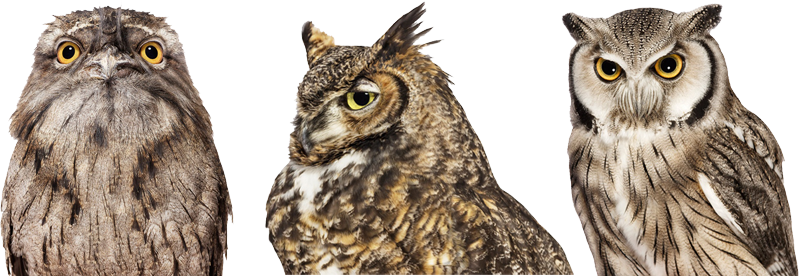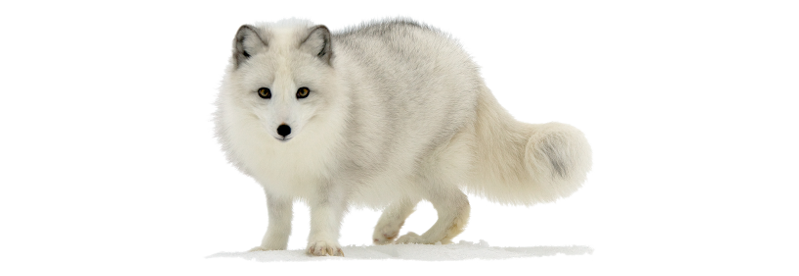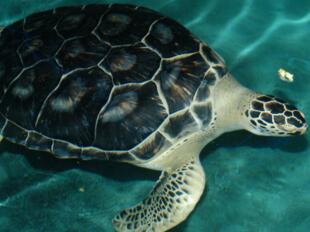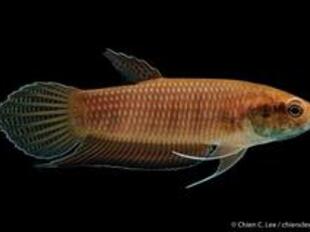Appearance
Swans are the largest extant members of the waterfowl family Anatidae, and are among the largest flying birds. The largest species, including the mute swan, trumpeter swan, and whooper swan, can reach a length of over 1.5 m (59 in) and weigh over 15 kg (33 lb). Their wingspans can be over 3.1 m (10 ft). Compared to the closely related geese, they are much larger and have proportionally larger feet and necks.
Quite unusual for birds, swans have "teeth" - jagged parts of their bill that are used for catching and eating fish. Adults also have a patch of unfeathered skin between the eyes and bill. The sexes are alike in plumage, but males are generally bigger and heavier than females.
The Northern Hemisphere species of swan have pure white plumage, but the Southern Hemisphere species are mixed black and white.
Swans' legs are normally a dark blackish grey color, except for the South American black-necked swan, which has pink legs. Bill color varies.
Distribution
Swans are generally found in temperate environments, rarely occurring in the tropics. Four (or five) species occur in the Northern Hemisphere, one species is found in Australia, one extinct species was found in New Zealand and the Chatham Islands, and one species is distributed in southern South America. They are absent from tropical Asia, Central America, northern South America and the entirety of Africa. One species, the mute swan, has been introduced to North America, Australia and New Zealand.
Diet
Swans eat aquatic vegetation, which their long necks equip them to take from the riverbed. They take the mollusks which cling to the vegetation and also eat small fish, frogs and worms. They will graze big grassy fields, and can survive quite successfully in a field of short-cropped grass.
In the wild
Several species are migratory, either wholly or partly so. The mute swan is a partial migrant, being resident over areas of Western Europe but wholly migratory in Eastern Europe and Asia. The whooper swan and tundra swan are wholly migratory, and the trumpeter swans are almost entirely migratory. There is some evidence that the black-necked swan is migratory over part of its range, but detailed studies have not established whether these movements are long or short range migration.
Swans famously mate for life, and typically bond even before they reach sexual maturity. Trumpeter swans, for example, who can live as long as 24 years and only start breeding at the age of 4–7, form monogamous pair bonds as early as 20 months. "Divorce", though rare, does occur. The pair bonds are maintained year-round, even in gregarious and migratory species like the tundra swan, which congregate in large flocks in the wintering grounds. Swan's nests are on the ground near water and about a meter across. Unlike many other ducks and geese, the male helps with the nest construction, and will also take turns incubating the eggs. Alongside the whistling ducks, swans are the only anatids that will do this. Average egg size (for the mute swan) is 113×74 mm, weighing 340 g, in a clutch size of 4 to 7, and an incubation period of 34–45 days. Swans are highly protective of their nests. They will viciously attack anything that they perceive as a threat to their chicks, including humans. One man was suspected to have drowned in such an attack. Swans' intraspecific aggressive behavior is shown more frequent than interspecific behavior for food and shelter. The aggression with other species is shown more in Bewick's Swans.
Swans live for approximately 20 to 30 years. Some variations exist between the more common swan species.
 Russian
Russian
 English
English























